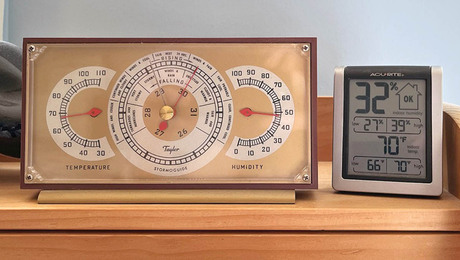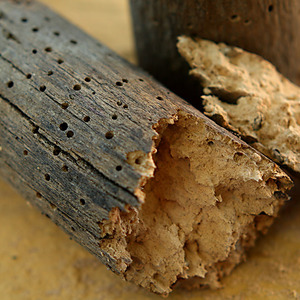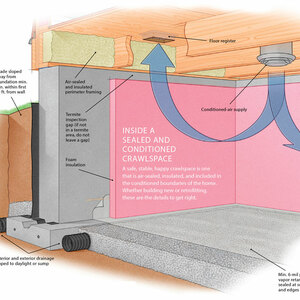I would like to discuss a bluish-foggy appearance in new windows made by Pella and hopefully others can enlighten me. We purchased, in 2 orders separated by 6 weeks, many new windows for our home. Pella’s windows seem to be well made, and some of you may know that they do not have a typical sealed double glazed panel. Rather, there is a fixed outer panel with a removeable inner panel and it is the inside surface of this panel that has the “low-E” coating. Our problem is that when the sun is shining on the windows, there is a distinct bluish haze on the windows. This haze disappears when the inner panel is removed.
After the salesman and the service tech agreed with us, and after several months, Pella reluctantly agreed to replace the panels (they originally thought they needed to be cleaned). The new panels show the same problem. We are going to have to get clear glass panels, without the benefit of low-E.
Are we the only ones with this problem? Has anyone else ever seen this effect? The salesman assured us that the low-E is not visible. We have looked at other brands of windows in various salesrooms and have never noticed this haze. It is impossible for us to believe that a company as big as Pella, with it’s “high-end” windows, would sell a product like this.


















Replies
Well, sorry to say, your salesman doesn't know his own product. Any company that sells a window with a Low E coating on it should know that a byproduct of that coating is that slight blue haze. It can vary with light and what angle the sun hits it, and it varies a little from one manufacturer to another, but not much. You'll get the same thing with Andersen, Marvin, Kolbe, Norco, . . . .
" Shoot first and inquire afterwards, and if you make mistakes, I will protect you." Hermann Goering to the Prussian police, 1933.
Low E does add a slight "tint" to the glass.Typically not noticeable unless compared with non low E side by side.Not familiar with this non sealed I-G.How does it compare with regular low e for u value?Seems like it would be prone to dirt and such getting trapped inside.
There are a number of glass companies manufacturing low-e glass (PPG, Cardinal, AFG, Pilkington) all use different formulas to produce a similar effect of reflecting short and long wave heat radiation. The one very large difference between low-e on a removable panel and low-e in a sealed unit is the type of low-e.
Your panel has to use a hard coat system. The reflective coatings are applied to the glass while it is still slightly fluid. The coatings are then part of the glass and can be exposed to the elements without degrading. The big disandvantage is that the type of metals used can't be varied in thickness and layering so the glass is only effective at reflecting radiant heat and not solar energy.
The low-e used primarily in seal dual glass is called soft-coat or sputter coat or spectrally selective. It is applied to finished glass (fully cooled), in a vacuum chamber and the various metal molecules are layered to give the optimum perfomance. It can be designed for different climates by varing the formula. Cardinal Glass is the world's largest producer and perfected most of the techniques. The disadvantage is that it has to be in a sealed unit, can't be touched by human ungloved hands or it will literally rust in a matter of days.
Now your complaint is with the blueish haze you get when the sun hits it, this is common with the hard coat low-e's. Soft-coats tend to have a more greenish brown to grey-brown color.
You might talk to you Pella rep to see if there are different types of low-e, maybe from a different manufacture. If they have them they should be able to give you sample to look at in your home. That way you can see if there is any difference.